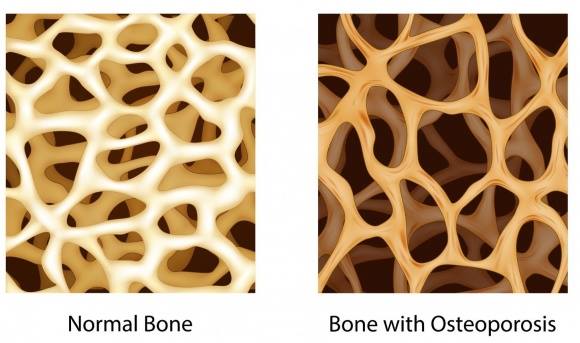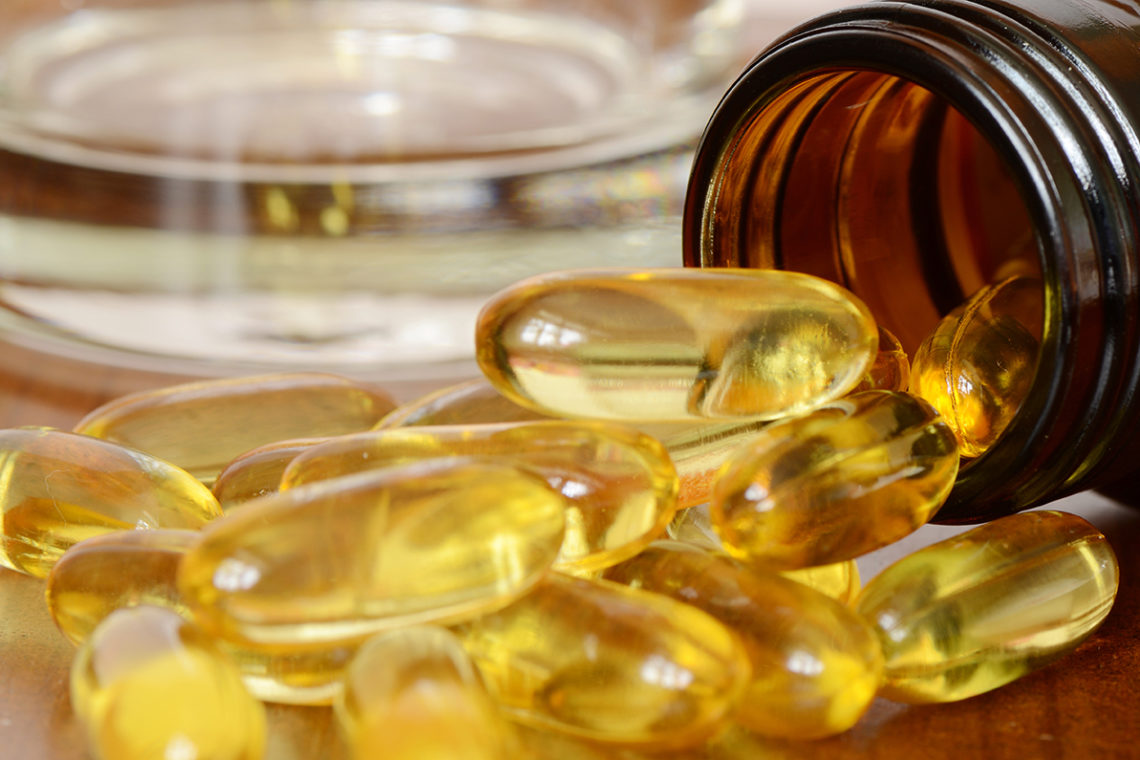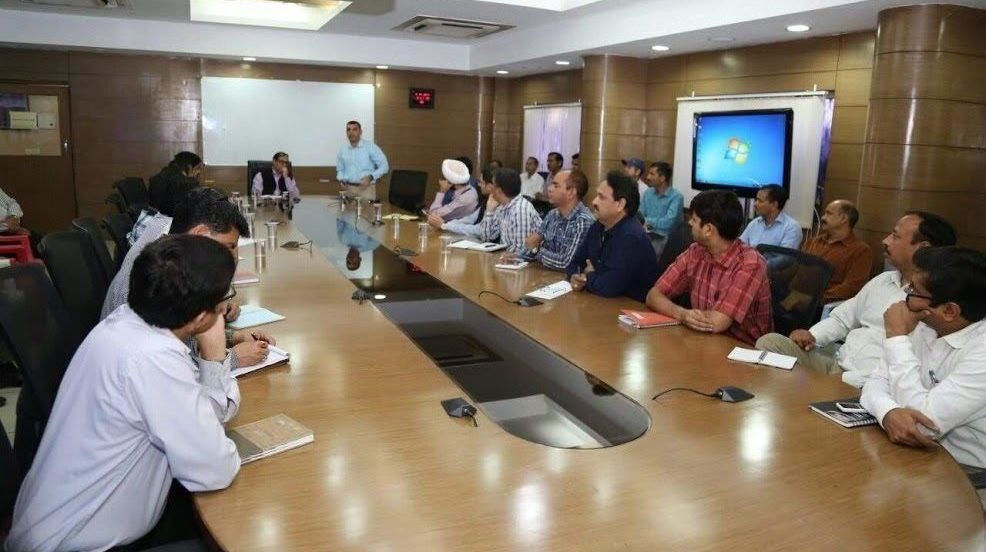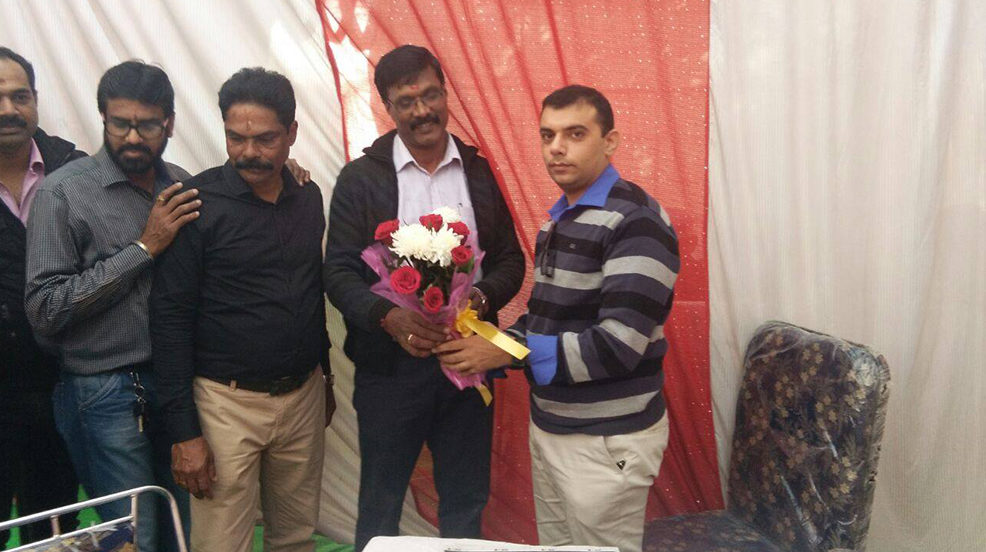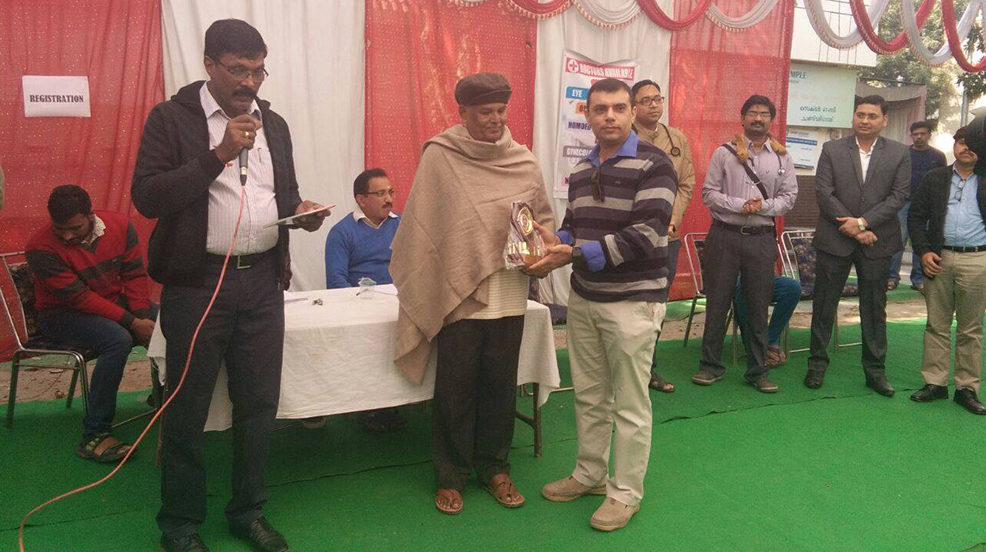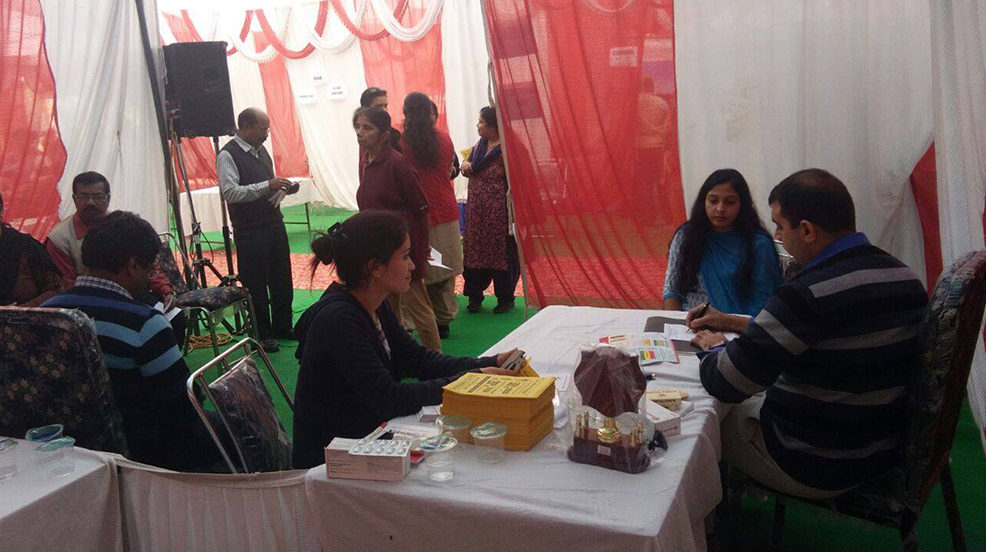
Tender, swollen joints that ache when you move – you could be suffering from Bursitis, a painful medical condition wherein bursae – the small, fluid filled sacs that work as cushion between the bones, muscle and tendons around the joints have become inflamed.
The human body has 150 plus bursae. Their primary function is providing lubrication to reduce friction between the tissue during physical activity. Joints like hips, shoulders and elbows that engage in frequent physical activity are the most commonly affected by Bursitis.
Bursitis too can affect other joints, like the knee and the base of the big toe. Bursitis of the knee is commonly called “Housemaid’s knee” or “Clergyman’s knee”.
Symptoms
Bursitis is marked by easy to spot visual and physiological cues. These include –
- Stiffness and ache in the joint region.
- Swelling and redness in the affected joint.
- Experiencing increased pain when moving or putting pressure on the affected areas.
Causes
Bursitis is usually caused by repetitive movements that wear out or stress the bursae. Athletes and laborers whose daily routine involves lifting objects over their heads or kneeling for long durations are at a high risk of developing bursitis.
Something as seemingly innocuous as leaning on your elbows for long when studying or reading can also lead to bursitis. Ageing, rheumatoid arthritis, gout, infections and injuries suffered to the joint region are other common causes.
Diagnosis
Diagnosis of Bursitis involves an examination of the affected joint and inquiry into recent physical activities and injuries. In some cases, swelling and soreness in the joint can be accompanied by fever. In such an event, the doctor will draw a small quantity of fluid from the bursa close to the affected joint which will be tested.
You might have to undergo an X-ray if the doctor suspects a break or a fracture or MRI in case of torn tendons. If the doctor suspects rheumatoid arthritis, you might have to undergo some blood testing.
Management
Minor discomfort and inflammation can be managed and cured by ice packs and rest. Raising the affected joint to reduce the blood flowing into it can also sometimes help to reduce swelling.
If you experience a sharp pain in the joint, are unable to move, develop a rash and/or a fever, consult your doctor. Based on the underlying cause and diagnosis, the doctor may administer steroid injections at the site of the pain and/or prescribe a course of antibiotics. Some cases may require intravenous administration of antibiotics and surgical draining to reduce fluid buildup.
www.jointpaindoctor.in



